This article was medically reviewed by Allison Romero, PT, DPT. Dr. Allison Romero is a Pelvic Health Specialist, Physical Therapist, and the Owner of Reclaim Pelvic Therapy in the San Francisco Bay Area. With over a decade of experience, Allison specializes in comprehensive pelvic physical therapy treatments for pelvic floor dysfunction. She holds a Bachelor of Science in Kinesiology and Exercise Science from Sonoma State University and a Doctor of Physical Therapy from the University of Southern California. Allison is a board certified Physical Therapist in California and is a member of the American Physical Therapy Association-Section on Women’s Health and the International Pelvic Pain Society.
There are 12 references cited in this article, which can be found at the bottom of the page.
This article has been viewed 19,509 times.
Leaky bladder syndrome, also called urinary incontinence, can be embarrassing and annoying to deal with. You can develop this condition due to stress on your bladder, urinary tract issues, or poor bladder function. Controlling your bladder can be done using lifestyle changes like adjusting how much fluid you drink throughout the day. You can also train your bladder to retain fluid better and strengthen your pelvic floor. If you are struggling to control your bladder, or you experience bladder pain, see your doctor for guidance.
Steps
Adjusting Your Fluid Intake and Lifestyle
-
1Sip liquids throughout the day in small amounts. Having too many fluids can overwhelm your bladder and make it difficult to control. Rather than gulp down a lot of fluids at once, spread out your fluid intake throughout the day. Have 16 ounces (450 g) of fluid with each meal. Drink 8 ounces (230 g) of fluid between meals. Have 70 to 90 ounces (2,000 to 2,600 g) of liquid a day.[1]
- Try having fluids in the morning and afternoon, rather than right before bed, so you do not have to get up in the middle of the night to urinate.
- Keep in mind fluids come from beverages like water or milk as well as from foods like soup or broth.
-
2Stay hydrated so you do not irritate your bladder. Not having enough fluids throughout the day can also put stress on your bladder. Being dehydrated can make your urine very concentrated, which can irritate your bladder and make it hard for you to control when you have to urinate. Make sure you drink small amounts of water throughout the day so you stay hydrated.[2]
- Carry a water bottle around with you so you can sip water easily. Make sure you have water with each meal so you do not get dehydrated.
Advertisement -
3Avoid drinking coffee, tea, and alcohol. These beverages can irritate your bladder. Have less of these beverages or cut them out of your diet for a week to see if your bladder issues improve.[3]
- You should also stay away from carbonated drinks, such as soda or sparkling water, as they can irritate your bladder.[4]
- You can have small amounts of cranberry juice as part of your fluid intake, as it can help with urinary tract issues.
-
4Stay within a healthy weight using exercise. Being overweight can put stress on your bladder and lead to bladder control issues. Try exercising for at least 30 minutes a day to stay healthy. Take a fitness class and do cardio exercise like running, jogging, or biking. Add pelvic floor strengthening exercises into your workouts so you can keep this area strong as well.[5]
-
5Maintain a healthy diet. Make a meal plan and shop for healthy ingredients so you can prepare your own meals. Create meals rich in healthy protein like chicken, fish, and beans, as well as lots of fresh vegetables, fruits, and whole grains.[6]
- Avoid fast food and processed food. Try not to eat a lot of spicy foods, tomato-based foods, and chocolate, as they can irritate your bladder.
Doing Bladder Training
-
1Track your bladder habits in a diary. Write down the exact times when you urinate for 1 week. Note the time gap between each urination. Tracking your bladder habits will help you get a sense of your “normal” urination pattern and allow you to start retraining your bladder.[7]
- For example, you may write down, “9 am: first urination of the day” or “11:30 pm: woke up and got out of bed to urinate.”
-
2Extend the time between urination by 15 minutes. Look at your diary notes and calculate the amount of time, on average, between urinations. Then, add 15 minutes to the average time. Try to extend the time between urination, holding it in as much as you can.[8]
- For example, if your average time between urination is 30 minutes, extend it to 45 minutes. If that feels like too much, you can also try a smaller increase, such as 5 minutes.
- Your doctor or urologist can help you make a schedule to extend urination, if needed.
-
3Lengthen the time between urination until there is a 2-4 hour gap. Over a period of several days or 1-2 weeks, add more time between urination. Tack on 15 more minutes or 30 minutes until you reach a 2-4 hour gap between each urination.[9]
- If you get the urge to urinate but it is not the scheduled time, try to wait it out. Distract yourself by watching a tv show, talking to a friend, or reading a book. Try deep breathing or stretching to distract yourself.
- Avoid drinking coffee, alcohol, or tea, as they can irritate your bladder. Only sip small amounts of fluid so you do not have the overwhelming urge to urinate.
-
4Maintain a regular urination schedule. Try to go to the bathroom at the same time every day. Urinate when you wake up in the morning and then allow 2-4 hours until your next urination. If you stick to a regular schedule, you should only have to urinate 4-5 times a day total.[10]
- It may take time for your body to adjust to a regular urination schedule. Be patient and avoid urinating before the set time so your bladder can be effectively retrained.
Strengthening Your Pelvic Floor
-
1Perform Kegel exercises.[11] Lie on your back and bend your legs so your feet are flat on the ground. Squeeze your pelvic floor muscles 5-10 times in a row. Pretend you are holding your urine to contract these muscles.[12]
- Try doing a slow Kegel exercise, where you squeeze and hold for 5-10 seconds.
- Do 10 reps of Kegel exercises a day to strengthen your pelvic floor. Over time, you can increase your reps so you are doing 50-100 Kegel exercises a day.
-
2Do the pelvic floor ball squeeze. Sit in a chair with your back straight and your chin parallel to the floor. Align your shoulders with your hips. Take an exercise ball or a firm pillow and place it between your thighs. Inhale as you squeeze the ball or pillow. Hold for 10 seconds, inhaling and exhaling as you squeeze. Do this 10 times a day.
- Challenge yourself by sitting on the edge of the chair when you do this exercise, with your back away from the chair. This adjustment will strengthen your inner thigh and abdominal muscles. Having strong muscles in these areas can help you better control your bladder.
-
3Perform squat exercises. Stand with your feet shoulder distance apart, keeping your toes turned slightly outward. Inhale as you bend your knees and lower your butt down towards the floor. Keep your pelvis tilted forward to engage your pelvic floor muscles, Pulse 1 to 2 inches (2.5 to 5.1 cm) up and down 10 times.[13]
- Make sure you inhale as you pulse down and exhale as you pulse up. Squeeze your pelvic floor muscles as you pulse up.
- Over time, you can try squatting with weights to strengthen your muscles. Use a barbell with weights or hold free weights in each hand as you squat.
- Squats are a great way to strengthen your inner thigh and glute muscles, which help you control your bladder muscles.
-
4Use vaginal weights. Vaginal weights are cone-shaped and designed to fit in your vagina. Place a low amount of weight in your vagina to start, around 2 to 4 pounds (0.91 to 1.81 kg) and squeeze your pelvic floor muscles to prevent it from falling out. Do this 5-10 times a day.[14]
- Work your way up to squeezing heavier weights so you can keep your pelvic floor muscles strong.
- Look for vaginal weights at your local health supply store or online.
- In women, doing Kegel exercises incorrectly or with too much force can actually cause vaginal muscles to over-tighten. This can cause pain during sexual intercourse. Consult your doctor for more information about doing Kegels correctly.[15]
-
5Try biofeedback with a trained professional. Biofeedback uses sensors to determine if and how much you are contracting the muscles in your body. A professional biofeedback specialist can place sensors near your pelvic floor muscles and tell you if you are contracting them correctly when you do Kegel exercises or other strengthening exercises.[16]
- You can also do biofeedback on yourself at home using a home device. Look for biofeedback devices at a medical supply store or online.
Seeing Your Doctor
-
1See your doctor if you experience burning or pain when you urinate. You should also see your doctor if you have cloudy urine or blood in your urine, or if you are having difficulty urinating or are urinating too much.
-
2Talk to your doctor if your bladder control does not improve with home care. If you are not able to control your bladder with bladder training, lifestyle adjustments, or pelvic floor exercises, see your doctor for guidance.[17]
-
3Discuss your medical history with your doctor. Your doctor may ask you questions about your bladder control issues and find out if you have had bladder issues in the past. If you kept a diary on your bladder patterns, your doctor may ask to see it to get a better sense of your condition.
- They may ask questions like, “How long have you had bladder control issues? How often do you leak urine during the day? Do you feel the urge to urinate before you urinate? Have you had any bladder control issues or urinary tract issues in the past?”
-
4Allow your doctor to examine you and test your urine. Your doctor will do a physical exam on your abdomen, pelvis, genitals, rectum, and nervous system. They may also do a cystoscopy, where they look at the inside of your bladder, and a urinalysis, where they test a sample of your urine for an infection or issue.[18]
- They may also do a urodynamic study or a uroflow to measure the pressure and pattern of your urine.
-
5Determine the cause and treatment of your bladder issues. If your bladder control issues are due to stress, your doctor may recommend lifestyle changes like adjusting your fluid intake, exercising, and doing bladder training. If you are having issues due to involuntary bladder contractions, your doctor may recommend lifestyle changes or medications to control your bladder.[19]
- Your doctor may also recommend that you wear protective undergarments to make living with bladder control issues easier.
- If your bladder control issues are due to a blockage in your urinary tract, your doctor may suggest surgery to remove the blockage.
Expert Q&A
Did you know you can get expert answers for this article?
Unlock expert answers by supporting wikiHow
-
QuestionHow can I strengthen my bladder control?
 Allison Romero, PT, DPTDr. Allison Romero is a Pelvic Health Specialist, Physical Therapist, and the Owner of Reclaim Pelvic Therapy in the San Francisco Bay Area. With over a decade of experience, Allison specializes in comprehensive pelvic physical therapy treatments for pelvic floor dysfunction. She holds a Bachelor of Science in Kinesiology and Exercise Science from Sonoma State University and a Doctor of Physical Therapy from the University of Southern California. Allison is a board certified Physical Therapist in California and is a member of the American Physical Therapy Association-Section on Women’s Health and the International Pelvic Pain Society.
Allison Romero, PT, DPTDr. Allison Romero is a Pelvic Health Specialist, Physical Therapist, and the Owner of Reclaim Pelvic Therapy in the San Francisco Bay Area. With over a decade of experience, Allison specializes in comprehensive pelvic physical therapy treatments for pelvic floor dysfunction. She holds a Bachelor of Science in Kinesiology and Exercise Science from Sonoma State University and a Doctor of Physical Therapy from the University of Southern California. Allison is a board certified Physical Therapist in California and is a member of the American Physical Therapy Association-Section on Women’s Health and the International Pelvic Pain Society.
Pelvic Health Specialist
References
- ↑ https://www.drugs.com/article/overactive-bladder.html
- ↑ hhttps://www.drugs.com/article/overactive-bladder.html
- ↑ https://www.drugs.com/article/overactive-bladder.html
- ↑ https://medlineplus.gov/ency/patientinstructions/000138.htm
- ↑ https://www.nhs.uk/conditions/Incontinence-urinary/Pages/Introduction.aspx
- ↑ https://myhealth.alberta.ca/health/pages/conditions.aspx?Hwid=hw220313
- ↑ https://www.drugs.com/article/overactive-bladder.html
- ↑ https://www.health.harvard.edu/healthbeat/training-your-bladder
- ↑ https://www.health.harvard.edu/healthbeat/training-your-bladder
- ↑ https://www.health.harvard.edu/healthbeat/training-your-bladder
- ↑ Allison Romero, PT, DPT. Pelvic Health Specialist. Expert Interview. 2 December 2020.
- ↑ https://www.health.harvard.edu/bladder-and-bowel/step-by-step-guide-to-performing-kegel-exercises
- ↑ https://www.nafc.org/step-4-start-implementing-exercises
- ↑ https://www.nhs.uk/conditions/urinary-incontinence/treatment/
- ↑ https://medlineplus.gov/ency/patientinstructions/000141.htm
- ↑ https://www.nhs.uk/conditions/urinary-incontinence/treatment/
- ↑ Allison Romero, PT, DPT. Pelvic Health Specialist. Expert Interview. 2 December 2020.
- ↑ https://myhealth.alberta.ca/health/pages/conditions.aspx?Hwid=hw220313
- ↑ https://www.niddk.nih.gov/health-information/urologic-diseases/bladder-control-problems-women

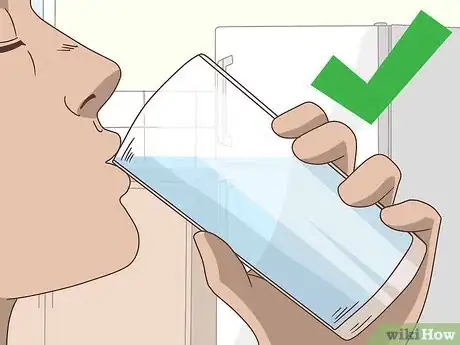
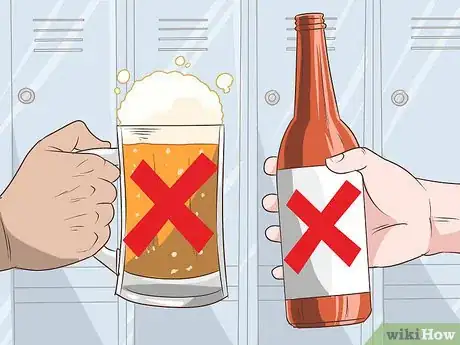



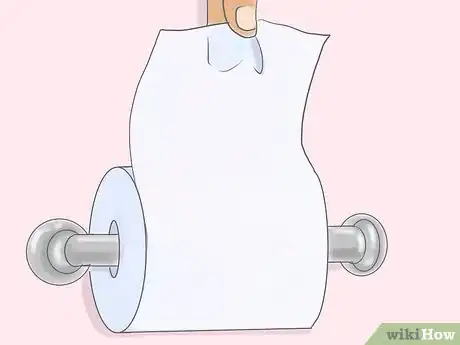
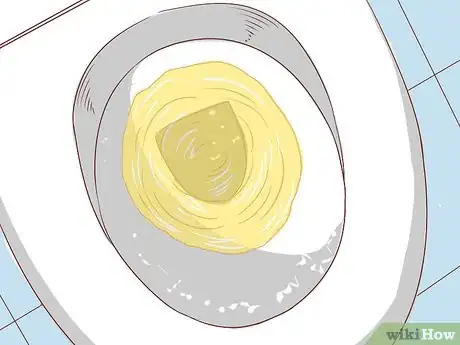
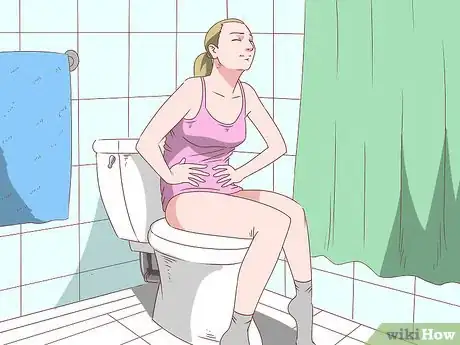


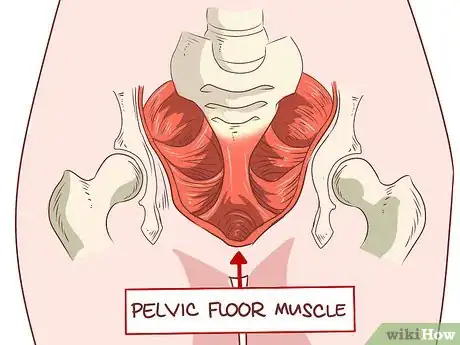
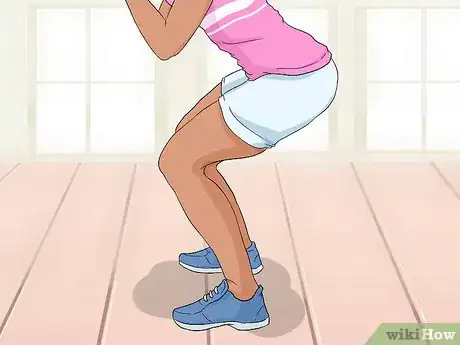
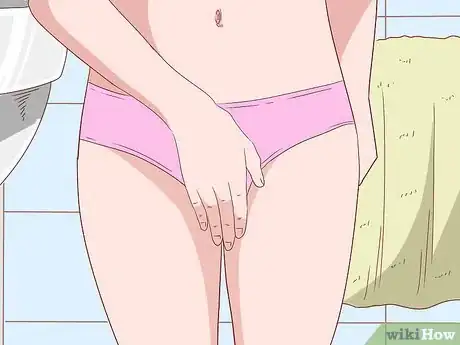













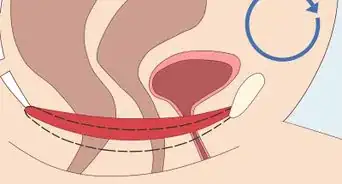



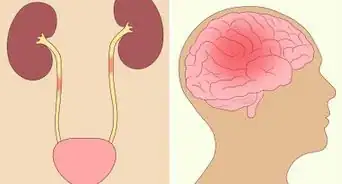















































Medical Disclaimer
The content of this article is not intended to be a substitute for professional medical advice, examination, diagnosis, or treatment. You should always contact your doctor or other qualified healthcare professional before starting, changing, or stopping any kind of health treatment.
Read More...